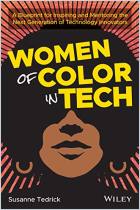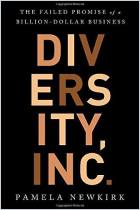
Recommendation
Big tech and big business have, historically, left people of color out of the conversation while pushing them further to the margins of society. For members of these communities to survive and thrive in the future, they must gain an upper hand by joining the digital workforce. Journalist Sherrell Dorsey has spent her life studying and charting paths of upward mobility for Black and other minority individuals. Through her stories, she identifies ways to close racial and economic gaps, and argues for the importance of diversity in building the future.
Summary
About the Author
Founder and CEO of The Plug Sherrell Dorsey is a data journalist, strategist and entrepreneur.
Learners who read this summary also read
Book
Book
Book




















Comment on this summary or Diskussion beginnen